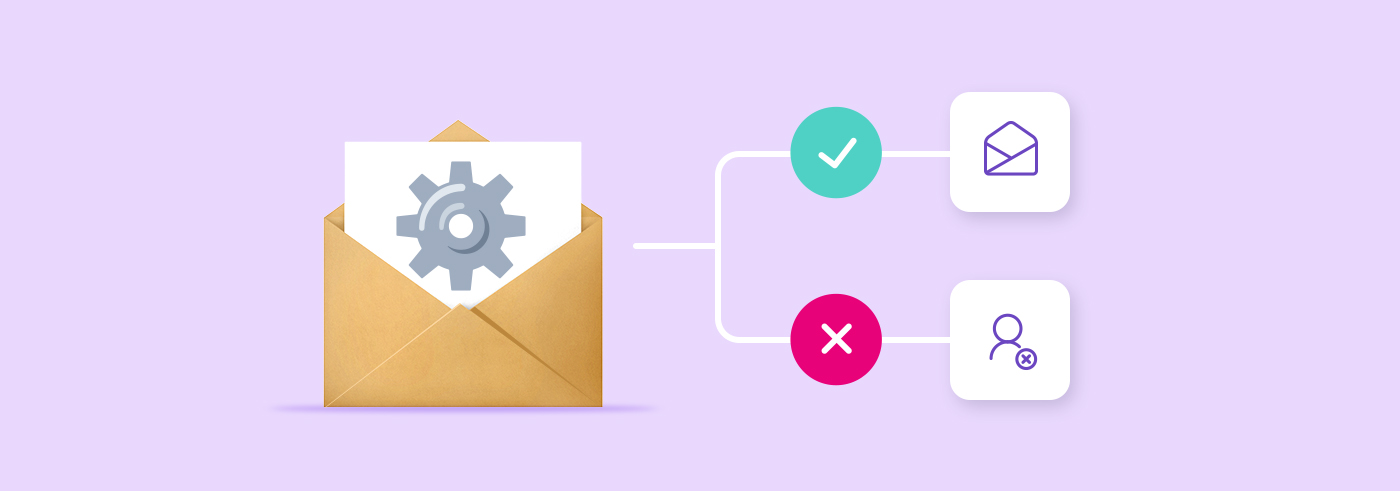There are many nuisances found when sending emails. One of the most frustrating ones is definitely the bounce rate. There are many reasons why an email can bounce and there is no easy way to tell why this specific email was returned to the sender. Luckily, we are here to shed some light on this issue.
What is the bounce rate?
Simply put, this is a percentage of email addresses on your contact lists that did not receive your message. It’s like ending real letters, where if you put the address wrong or the recipient changed their address, the letter comes back to you. When it comes to the traditional post office though, you usually can get a specific reason why the letter was returned. With email, you need to find that out by yourself. One way to find it out is to monitor your statistics and email delivery reports.
Bounces can be divided into two categories:
A hard bounce means that the email failed to deliver for permanent reasons. For example the recipient email address is invalid (outdated domain, a typo or the email is not in use anymore).
A soft bounce is a temporary delivery failure that is usually possible to fix. The email could be too large (in this case it’s worth to condense it a bit), the receiver’s inbox might be full, or there was an issue connecting to the server.
How does it work?
Contrary to the click-through rate or other metrics, when it comes to bounces, less is better. The established acceptable bounce rate is no larger than 2%. Anything above that might mean that you have a serious problem that needs to be resolved. A bounce rate around 5% can greatly hurt your deliverability and reputation, so it’s important to keep that in check.
There are a couple of ways you can ensure that your bounce rate is good.
- Monitor your statistics and keep your email lists clean. It’s better to have a smaller, quality list than a large number of poor emails
- Authenticate with SPF and DKIM records. By doing this, you show that your domain is legit and genuine. This will already ensure that your emails won’t bounce or land in the junk folder.
- Use double opt-in. By making sure that customers confirm their email addresses, you will less likely deal with invalid or non-existent email addresses from the start.
- Be consistent. Sending emails should be done on a regular basis, preferably on a schedule or a timetable. Your messages will have a smaller bounce rate when recipients and servers will know when to expect emails.







